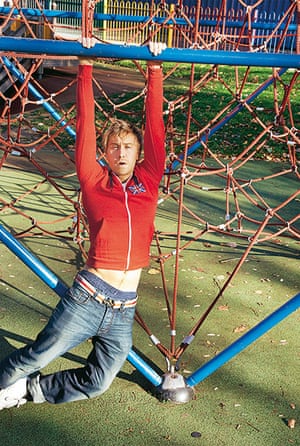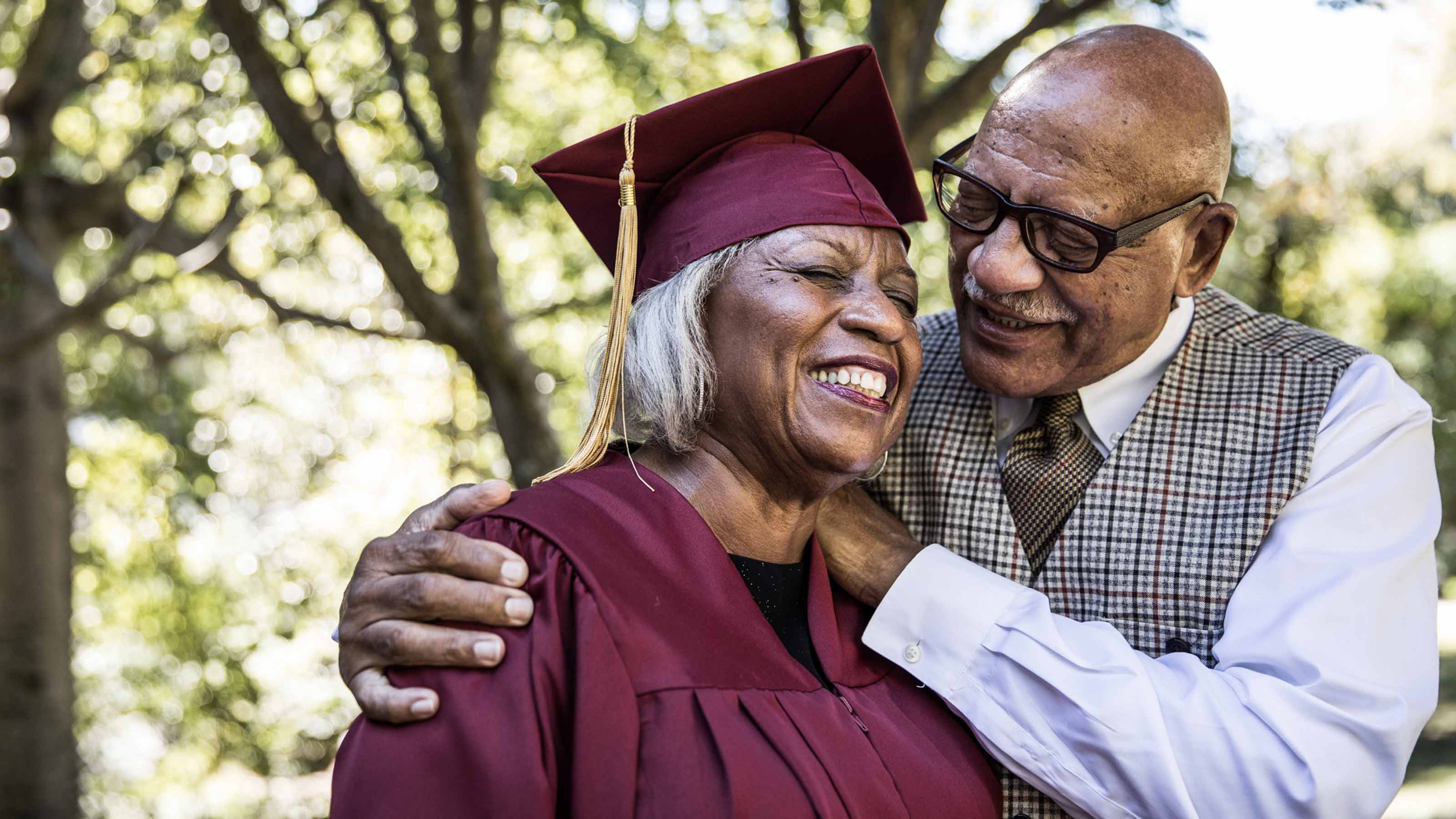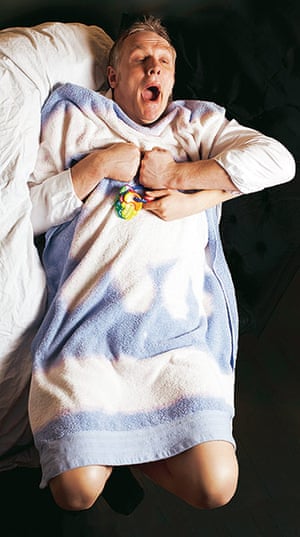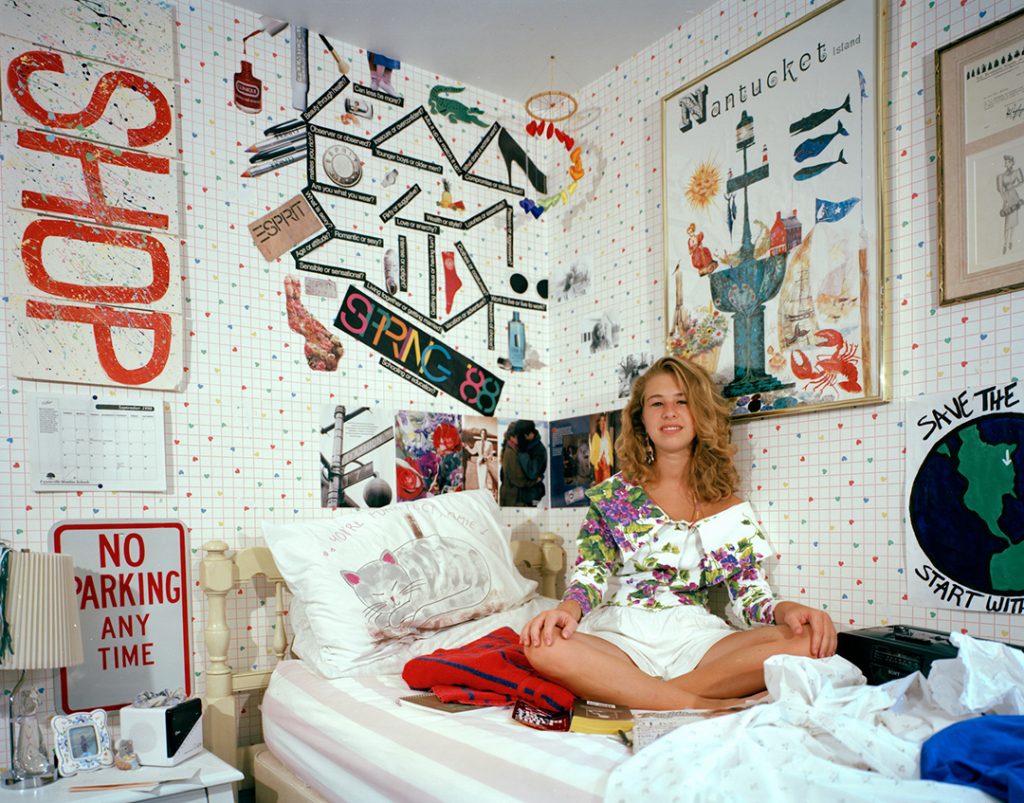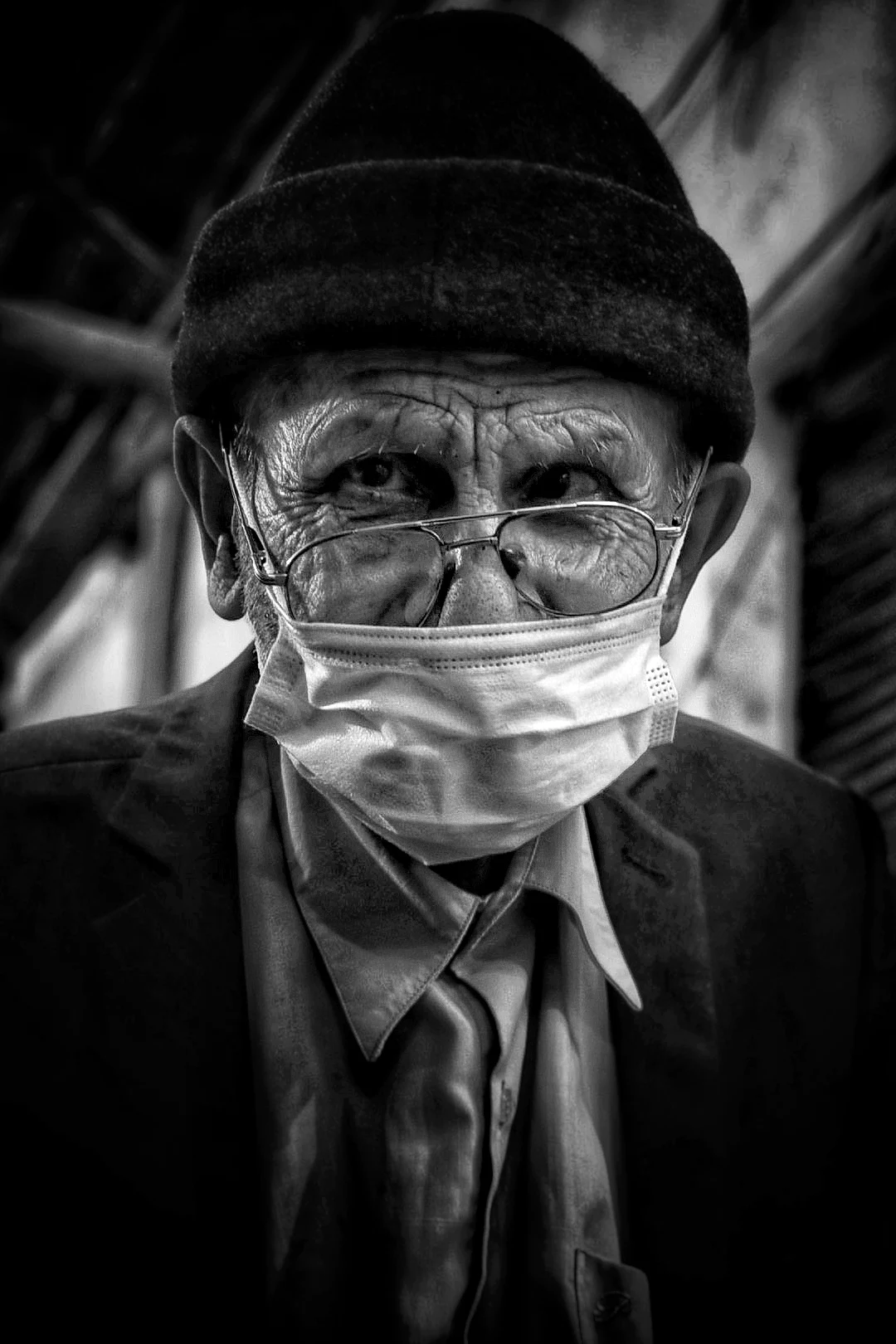




In selecting these images for my project on urbanization, I aimed to capture the essence of the urbanized culture and the distinct fashion choices that characterize the area. This set of images showcases a group of people walking down the street, dressed in various styles, including “Waimai Xiaoge” (Delivery Xiaoge), firemen dressed in red, construction workers, etcetera which reflects the diverse fashion choices in the urban environment. The black and white composition was intended, but after my practice set I thought black and white was too tedious and emphasis on one type of colour would be more applicable espicially when bright colours are common in urban areas, thus putting emphasis on one specific colour adds a modern and sophisticated feel to the overall image, forcing the viewers to look at people and buildings in that specific colour, aligning with my intent to present a visually appealing and contemporary representation of urbanization. The images selected all have one core colour that is visually appealing when applified, and thus made the set.
The architectural elements in the background further emphasize the urban environment, highlighting the bustling city atmosphere. By focusing on the fashion and architecture, I believe these images effectively captures the essence of my project’s intent. It presents a new feel of modern-ness and a bustling city atmosphere, as parking lots, escalators, shops, and other urbanized features of Shine city are included in the photos.
In terms of visual language and skills, the composition of the images are well-executed. The placement of the group of people walking down the street creates a sense of movement and dynamism, espicially in the photo of the Waimai Xiaoge walking down the escalator and the two firemen happily socializing with each other while walking, adding to the lively feel of the urban environment. The choice to focus on one colour in those images enhances the visual impact and adds a timeless quality to the image.
I took inspiration from photographer Brandon Stanton, who captures the urban feel and the unique aspects, such as fashion, of his subjects. While Stanton’s work focuses on capturing the happiness and emotions of the people he encounters, I have taken a different approach by photographing in mainly capturing the bustling feel in Shine city. This allows me to create my own interpretation of urbanization while still utilizing Stanton’s composition techniques.
In conclusion, I believe my set of street photos is successful in showing the bustling feel of urbanization. It conveys the urbanized culture and shows the bustling people, including firemen and delivery Xiaoge in Shine city, and presents a visually engaging representation of urbanization. The images focus on one specific colour, along with the dynamic placement of the subjects, effectively captures the bustling city atmosphere and adds a modern and sophisticated feel to the image.
Critiquing images

This is my least favourite image because there are too many major colours and they conflict with my intent of focusing on one colour.
The subject of the image is a bustling city street with various elements of urban life. There is a construction truck parked on the side of the road, and a man is standing next to it. Several bicycles are parked on the sidewalk, indicating the popularity of cycling in the area. There are too many colours in this photo, and it is qute distracting. It includes, yellow, neon, blue and distracts the viewer from the subject of the image. The composition of the image appears to be relatively calm, still, and clearly organized. The main subjects are placed in the foreground, following the rule of thirds in terms of composition. The background is relatively simple, with a clear sky and some buildings visible, allowing the main subjects to stand out to some extent.
Considering the viewpoint, the image was taken from a stationary position, standing still. I used a wide-angle lens which allowed me to capture a lot of information in the image, providing a sense of the urban environment and the people within it.
I used a moderate aperture to ensure that both the foreground and background elements are reasonably sharp, capturing nearly everything in the foreground and near the middle.
The warm saturations of yellow captures the reader’s attention – but so does the blue on the signs, making the photo quite distractng.
In conclusion, the image includes good composition with ts depiction of a busy city street, capturing the essence of urban life and showcasing the various elements within the scene – but the amount of colours within the photo makes it a little distracting.

The image shows a man in a yellow jacket standing on a moving escalator, holding an umbrella. The Waimai Xiaoge is facing forward and looking straight ahead. The image is in color, allowing us to see the vibrant yellow of his jacket – while also lowering saturation for other colours, so that the yellow will stand out. The overall tone of the image is neutral, with yellow and greys, emphasizing the yellow. This gives the image a calm and balanced feel especially of the Waimai Xiaoge’s casual facial expression and the relaxing surroundings – there is nothing to do besides patiently wait while going down the escalator.
The composition of the image is calm, still, and clearly organized. The Waimaixiaoge is the main subject, occupying most of the frame. I used the rule of thirds to frame the scene: the foreground consists of the man and the umbrella, the mid-ground includes the moving escalator, and the background is blurred, adding depth of field to the image.
The viewpoint of the image appears to be straight on, as I was standing still and capturing the scene. I used a wide-angle lens to include more content of the image in the image. This lens choice draws the viewer’s attention to Waimai Xiaoge while also showing the surrounding environment.
The focus of the image is on the man and the yellow jacket, matching my intent to capture certain colours that standout – also matching Stanton’s intents. Moreover, more background and urban infrastructure is included, such as the elevator, with the background intentionally blurred to create depth.
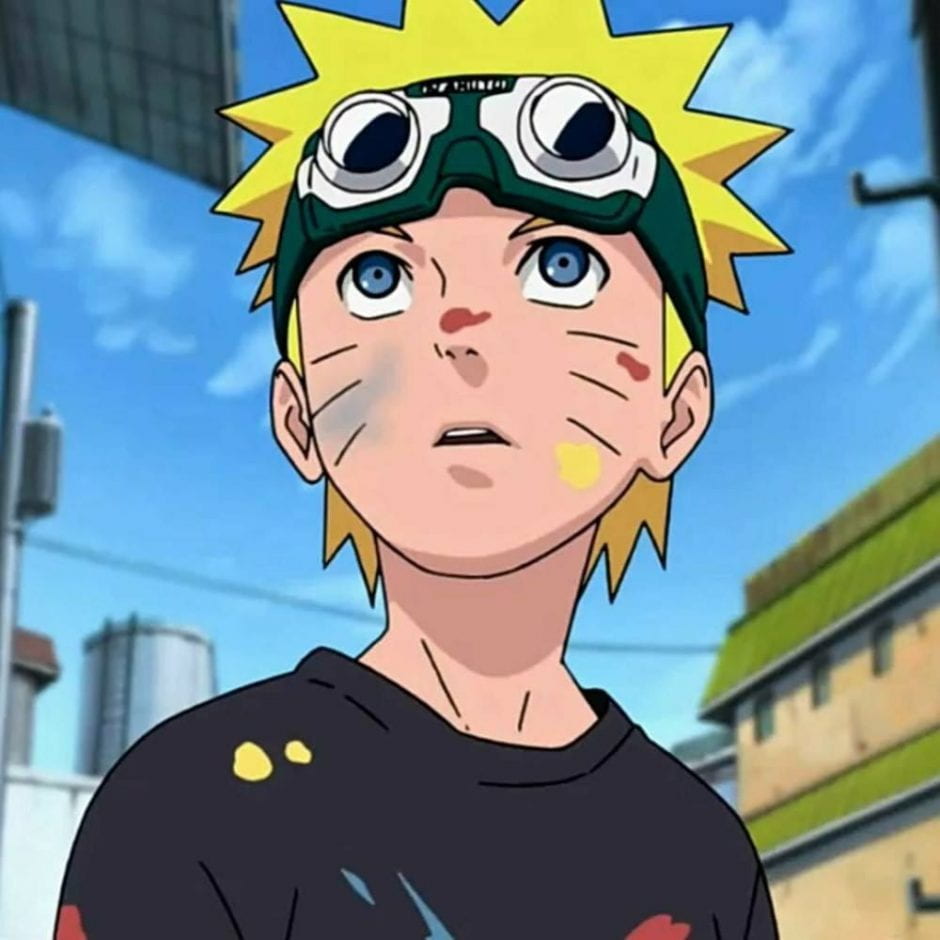








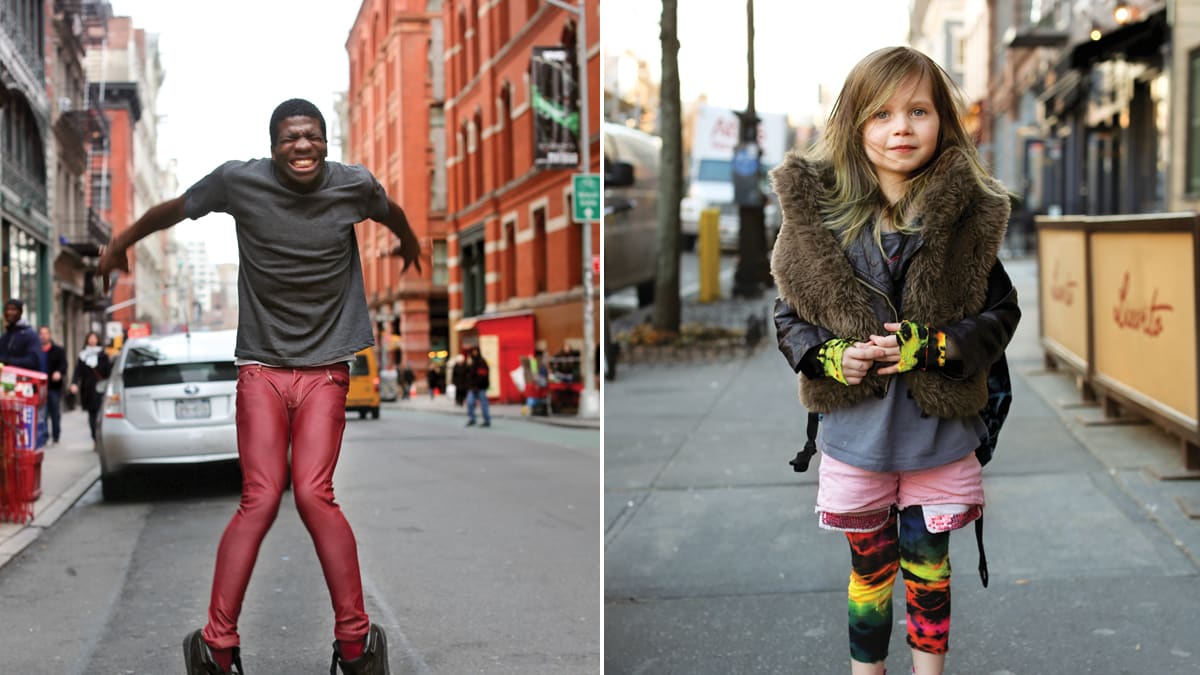
























 During the identity unit, I will be making a set of photos called “Nostalgia: What were you like when you were in high school? Exploring multiple cultures” The societal issue I aim to explore is the youth and past of the teachers in different cultures, especially helping them relive and revive their memories in high school by dressing them and telling them to act like they did in high school. I want my audience to feel warm when looking at those photos, as if they were watching someone revisit their favourite childhood park and feel happy for the people in the photos too. I also want them to be intrigued when looking at the high school culture of different people. I hope to obtain inspiration from photos that seem to recreate the childhood for certain adults, such as those published by the Guardian, and inspiration from objects that were trending in the 1990s, to better create the correct atmosphere to trigger the nostalgia. I aim to use a black background, intended “bad” light as most photos from the 1990s of shining and bright light that blurs the photo out a bit.
During the identity unit, I will be making a set of photos called “Nostalgia: What were you like when you were in high school? Exploring multiple cultures” The societal issue I aim to explore is the youth and past of the teachers in different cultures, especially helping them relive and revive their memories in high school by dressing them and telling them to act like they did in high school. I want my audience to feel warm when looking at those photos, as if they were watching someone revisit their favourite childhood park and feel happy for the people in the photos too. I also want them to be intrigued when looking at the high school culture of different people. I hope to obtain inspiration from photos that seem to recreate the childhood for certain adults, such as those published by the Guardian, and inspiration from objects that were trending in the 1990s, to better create the correct atmosphere to trigger the nostalgia. I aim to use a black background, intended “bad” light as most photos from the 1990s of shining and bright light that blurs the photo out a bit.



